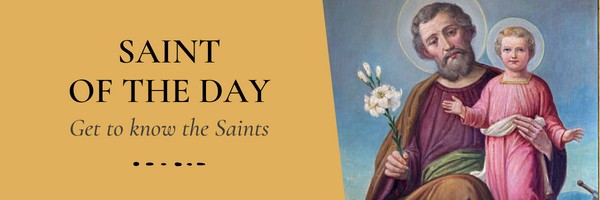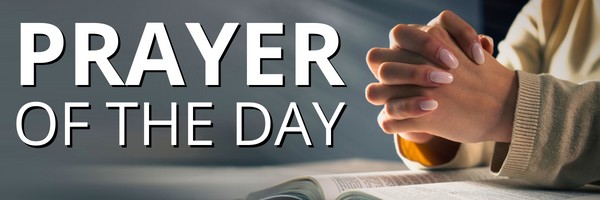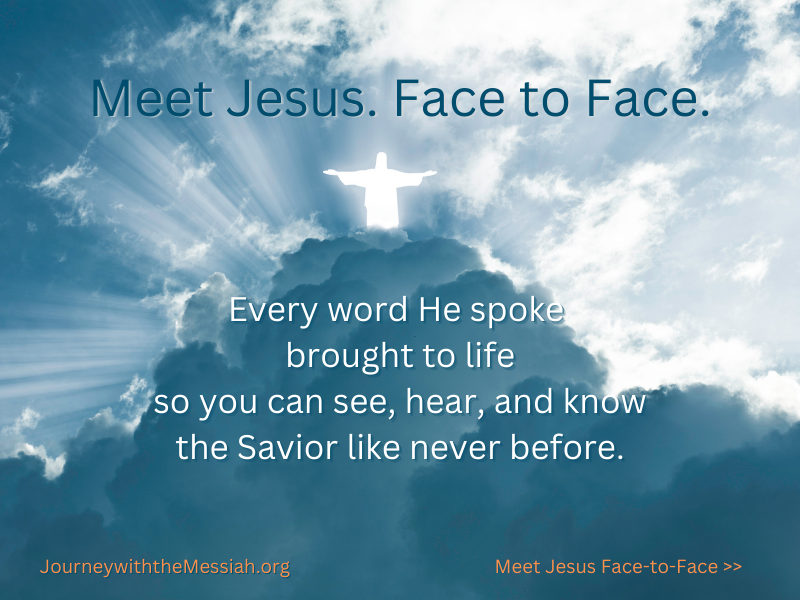We ask you, urgently: don't scroll past this
Dear readers, Catholic Online was de-platformed by Shopify for our pro-life beliefs. They shut down our Catholic Online, Catholic Online School, Prayer Candles, and Catholic Online Learning Resources essential faith tools serving over 1.4 million students and millions of families worldwide. Our founders, now in their 70's, just gave their entire life savings to protect this mission. But fewer than 2% of readers donate. If everyone gave just $5, the cost of a coffee, we could rebuild stronger and keep Catholic education free for all. Stand with us in faith. Thank you.Help Now >
Andrew Gordon
FREE Catholic Classes
A Benedictine monk, physicist ; b. 15 June, 1712, at Cofforach in Forfarshire, Scotland ; d. 22 August, 1751, at Erfurt, in Saxony. Having travelled extensively on the Continent, Gordon became a Benedictine and in 1737 was appointed professor of natural philosophy in the University of Erfurt. He soon acquired considerable reputation by his works on electricity, among which were his "Phaenomena electricitatis exposita" (1744); "Philosophia utilis et jucunda" (1745); "Physicae experimentalis elementa" (1751-52). For the sulphur ball of von Guericke (1671) and the glass globe of Newton (some say Hauksbee), Gordon substituted a glass cylinder which made an efficient frictional machine. Two other inventions of the Benedictine physicist are noteworthy: the first is the light metallic star supported on a sharp pivot with the pointed ends bent at right angles to the rays and commonly called the electrical whirl, the second is the beautiful device known as the electric chimes. Though these inventions are described in all textbooks of electricity, the name of Gordon is never mentioned, though both inventions are fully described by him in his "Versuch einer Erklarung der Electricitat" (Erfurt 1745). Franklin, who is usually credited with the latter invention, simply adopted the "German chimes" (described by Watson in his famous "Sequel", 1746) to serve as an electrical annunciator in connection with his experimental (lightning) rod of 1752. The "whirl" is of special interest because it was an electrostatic reaction motor, the earliest of its kind; while the second derives its theoretical importance from its being the first instance that we have of the application of what has come to be called "electric convection".
Join the Movement
When you sign up below, you don't just join an email list - you're joining an entire movement for Free world class Catholic education.
An Urgent Message from Sister Sara – Please Watch
- Advent / Christmas
- 7 Morning Prayers
- Mysteries of the Rosary
- Litany of the Bl. Virgin Mary
- Popular Saints
- Popular Prayers
- Female Saints
- Saint Feast Days by Month
- Stations of the Cross
- St. Francis of Assisi
- St. Michael the Archangel
- The Apostles' Creed
- Unfailing Prayer to St. Anthony
- Pray the Rosary
![]()
Copyright 2025 Catholic Online. All materials contained on this site, whether written, audible or visual are the exclusive property of Catholic Online and are protected under U.S. and International copyright laws, © Copyright 2025 Catholic Online. Any unauthorized use, without prior written consent of Catholic Online is strictly forbidden and prohibited.
Catholic Online is a Project of Your Catholic Voice Foundation, a Not-for-Profit Corporation. Your Catholic Voice Foundation has been granted a recognition of tax exemption under Section 501(c)(3) of the Internal Revenue Code. Federal Tax Identification Number: 81-0596847. Your gift is tax-deductible as allowed by law.








